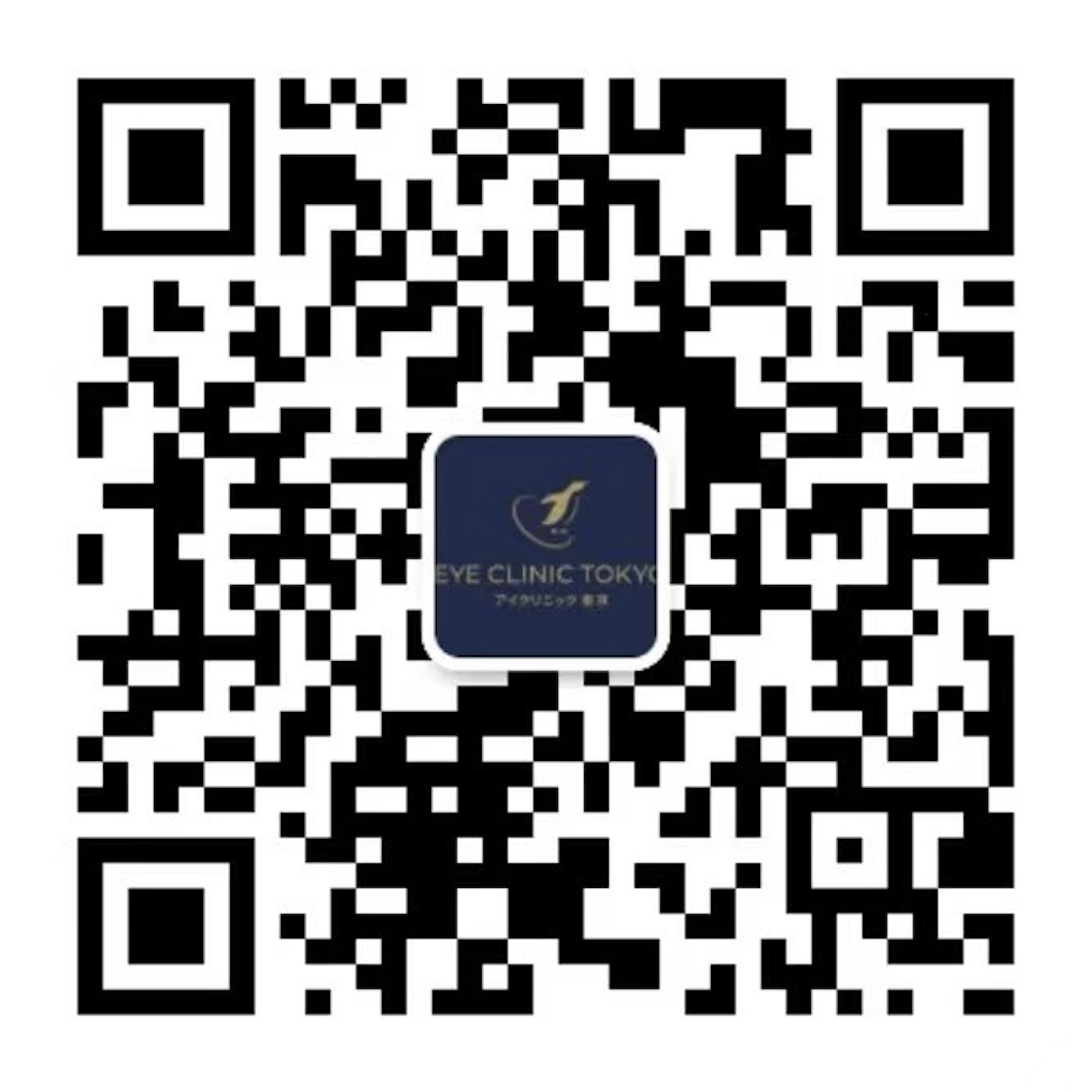-
Eye Clinic Tokyo Sapia Tower
100-0005
7th Floor, 1-7-12 Marunouchi, Chiyoda-ku,
-
Eye Clinic Tokyo Marunouchi Trust Tower
100-0005
Marunouchi Trust Tower N Building 2F, 1-8-1 Marunouchi, Chiyoda-ku
-
By appointment only
Reservations and inquiries
(Japanese, Chinese, English only)Interpreter telephone080-8496-2829
※Please leave a message if they are not available to answer the call.LINEID:@eyeclinic-tokyo
WechatID:eyeclinictokyo





